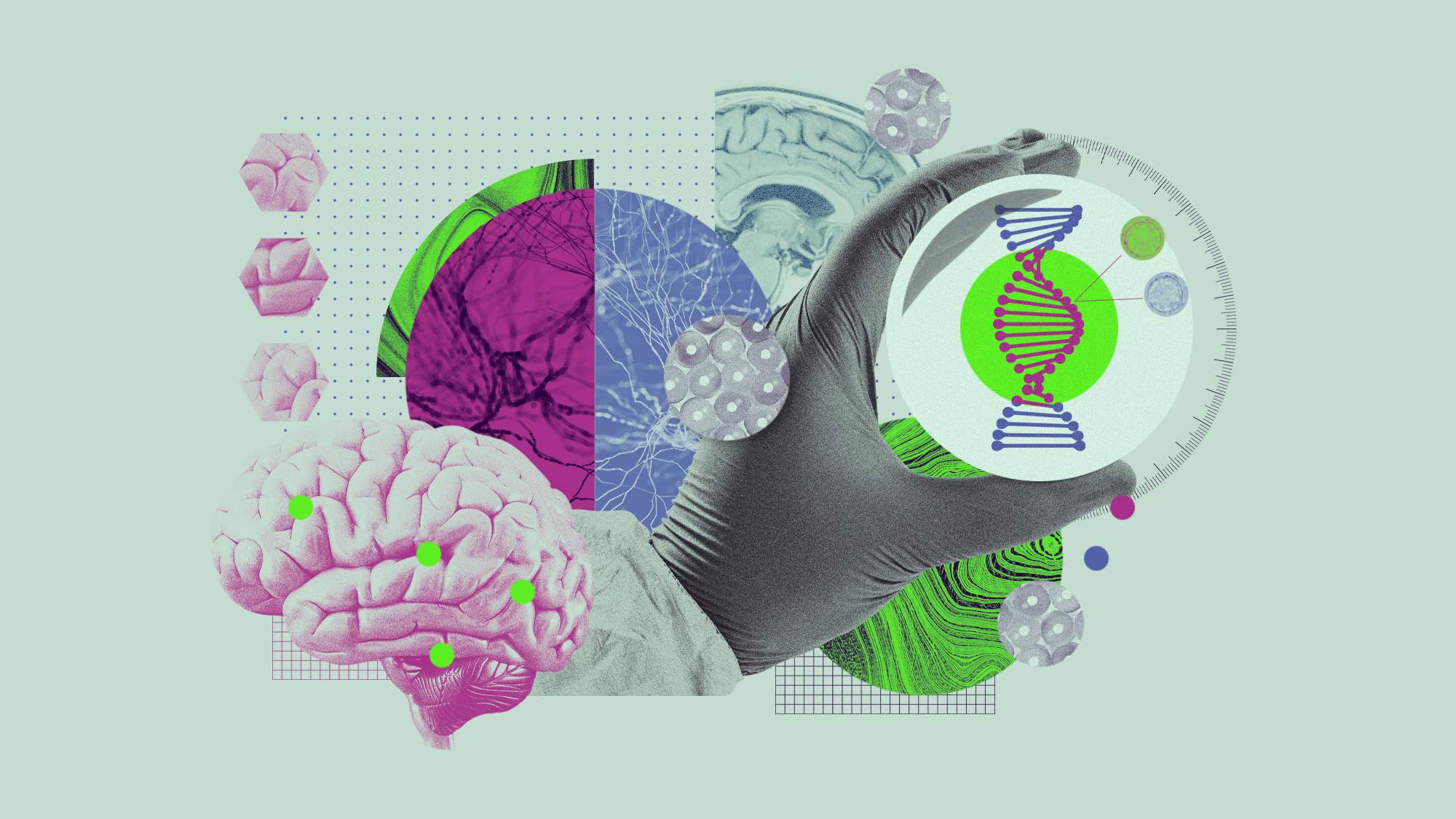Recent advancements in biological research have unveiled significant breakthroughs that could reshape our understanding of health, conservation, and scientific methodology. These discoveries, which include a novel treatment for Huntington’s disease and innovations in genetic research, have the potential to make profound impacts on both human health and biodiversity.
Gene Therapy Slows Huntington’s Disease Progression
A team of researchers has made a remarkable advancement in the treatment of Huntington’s disease, a hereditary neurodegenerative disorder that leads to a gradual decline in cognitive and motor functions. The new gene therapy, known as AMT-130, has been shown to slow disease progression by an astonishing 75%. This therapy involves a complex surgical procedure lasting between eight to ten hours, during which a genetically modified virus is injected into the brain.
This virus serves as a “microscopic postman,” delivering a specific DNA sequence that enables neurons to produce therapeutic proteins aimed at preventing cell death. According to Scientific American, neurologist Victor Sung expressed optimism about the treatment, stating, “To have something that at least really appears to be having an impact is really significant.” Currently, AMT-130 is still undergoing clinical trials and is not yet available for widespread use.
Revolutionary Techniques for Cellular Understanding
In another groundbreaking study published in Nature Communications, researchers from Cornell University have developed a method to observe protein behavior within cells without invasive techniques. This innovation utilizes natural proteins as sensors, allowing scientists to monitor their environments and interactions accurately.
By employing a technique called electron spin resonance spectroscopy, the team was able to track flavoproteins, which are present in numerous organisms. This advancement is expected to enhance our understanding of biological mechanisms related to diseases such as cancer. Brian Crane, a professor at Cornell and the study’s author, noted that this method could help researchers track how viruses assemble within cells, providing insights into their operational dynamics.
Innovative IVF Techniques for Kangaroo Conservation
In a significant development for wildlife conservation, scientists have successfully created the world’s first kangaroo embryo using in vitro fertilization (IVF). This achievement represents a critical step towards protecting endangered marsupial species in Australia, where extinction rates are alarmingly high.
The researchers employed a technique known as intracytoplasmic sperm injection to fertilize kangaroo eggs in the laboratory. While the eastern grey kangaroo is currently not endangered, researchers aim to apply this technique to support the preservation of species such as koalas and Tasmanian devils. Andres Gambini, who led the research, emphasized the urgency of their mission given Australia’s high extinction rate.
Ancient DNA Analysis Reveals Microbial History
An extensive study published in Cell has sequenced DNA from various mammoths, including 440 never-before-sequenced specimens. Researchers also identified DNA from 310 different microbial species associated with these ancient animals. This groundbreaking work sheds light on the microbial communities that lived alongside the mammoths over one million years ago.
The findings suggest that these microbes may have played a vital role in the mammals’ digestion, immune response, and adaptation to environmental changes. As highlighted by Earth.com, the methodologies used in this research could be adapted to study other well-preserved remains, potentially unlocking further insights into prehistoric life.
AI-Driven Virtual Labs Transform Research Possibilities
A recent study published in Nature has showcased the potential of artificial intelligence in scientific research. Researchers trained large language models (LLMs) to replicate the critical thinking processes of top-tier scientists, effectively creating a virtual laboratory environment.
This virtual lab allows the AI to propose hypotheses and collaborate on research projects, including the development of a new vaccine basis for Covid-19 using nanobodies. James Zou, an associate professor of biomedical data science and the study’s lead author, noted that this approach could facilitate quicker and more efficient research, especially when integrated with human expertise.
These remarkable discoveries highlight the dynamic nature of biological research and its capacity to drive forward both medical and ecological advancements. As these studies progress, they promise to open new avenues for understanding and preserving life in all its forms.
